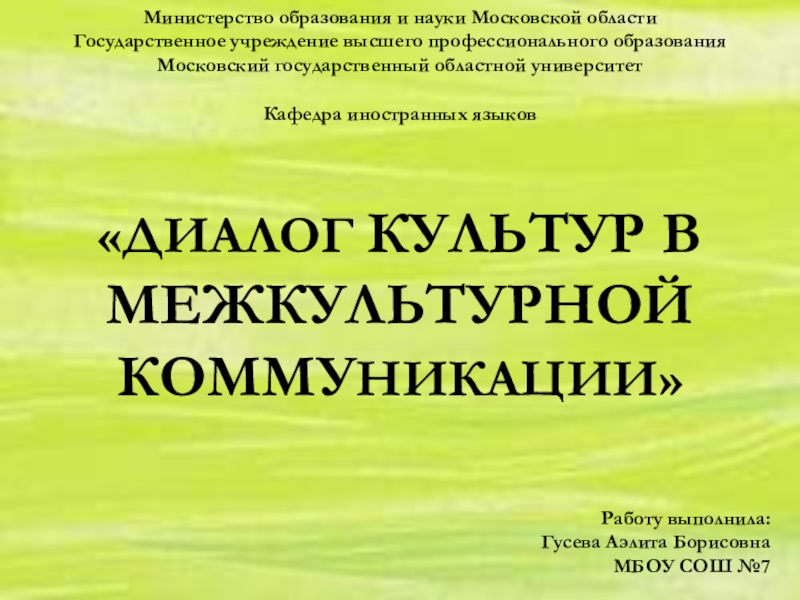The landmasses went their separate ways, with New Zealand finally breaking away 80 million years ago and Antarctica splitting off about 45 million years ago. Australia was left to drift alone, the world's only island continent, its wildlife evolving in isolation to become the unique set there is today.
From nearby landmasses some flying animals, such as bats and birds, and a number of rodents joined this strange collection, but the vast majority of Australia's wildlife is found nowhere else in the world.
The landscape too is varied and often bizarre, with vast deserts and forests, snowy peaks and wild, rocky coastlines. This island continent is surrounded by oceans of many different characters and beyond them lies a huge arc of neighbouring islands that have a wealth of wildlife of their own.
Gondwana





![Презентация Дикая природа Австралии Australian Wildlife approximately [E’prOksImItlI] latitude [‘lWtItju:d] mammal [‘mWmEl] insect [‘Insekt] Australian Wildlife approximately [E’prOksImItlI] latitude [‘lWtItju:d] mammal [‘mWmEl] insect [‘Insekt] reptile [‘reptaIl] marsupial [mA:’sju:pjEl]](/img/tmb/1/42998/c389c93f1540892aa102748ab1186998-800x.jpg)
























